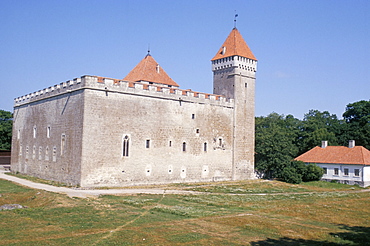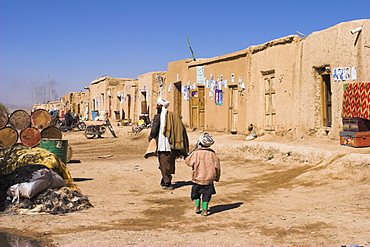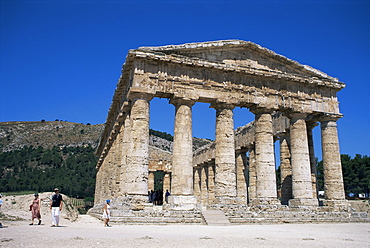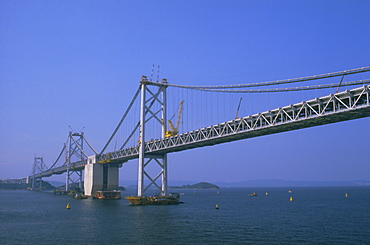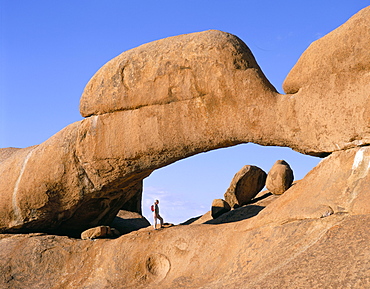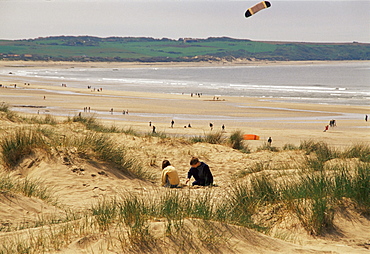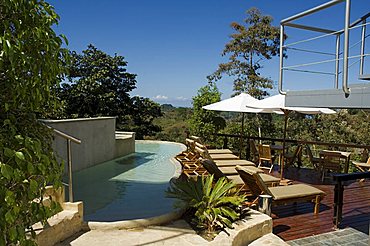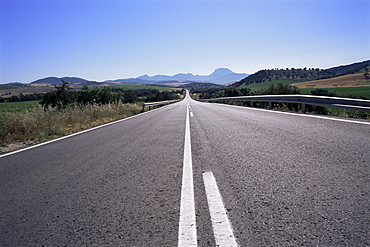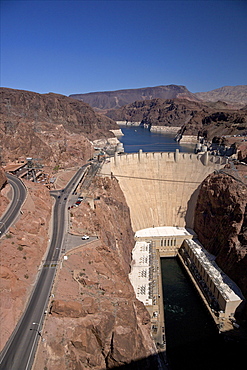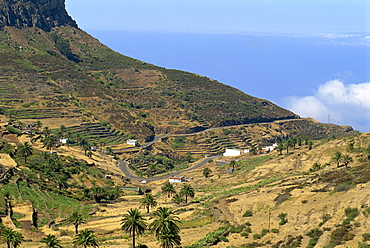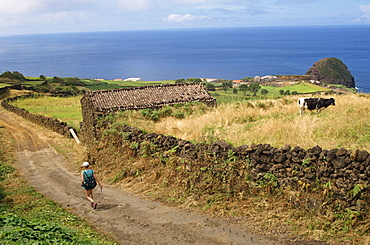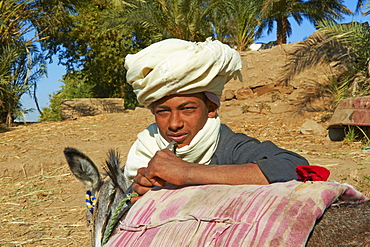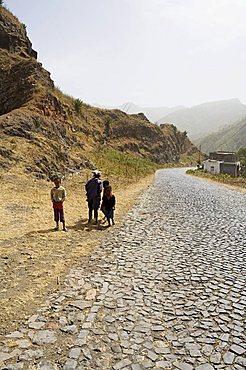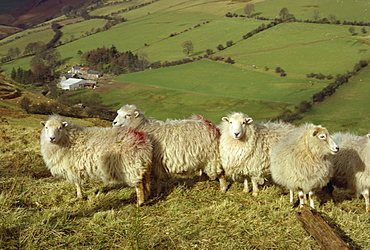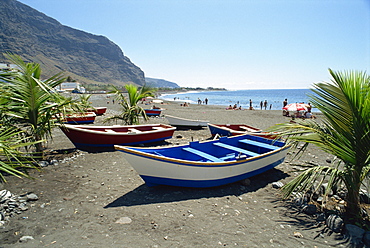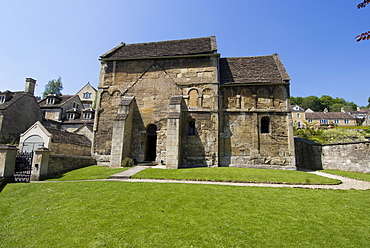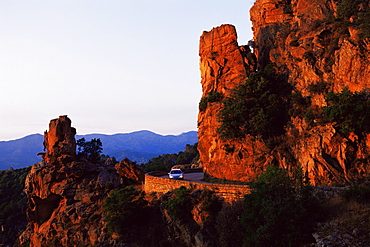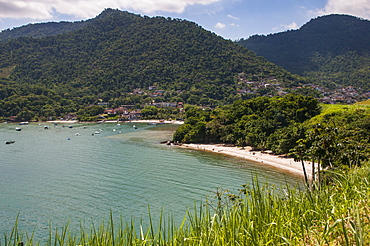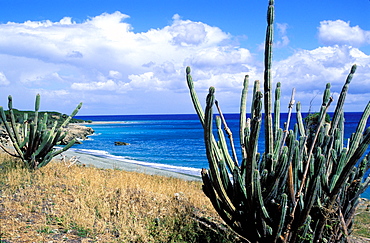Results
« Previous 1 … 12 13 14
1347 results found
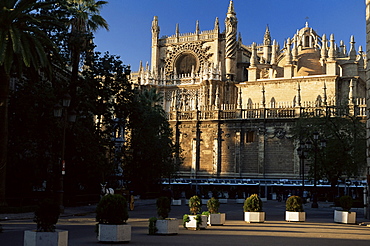
Southern aspect, Seville cathedral dating from between 1402 and 1506, Seville, Andalucia, Spain, Europe
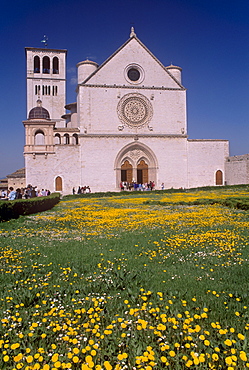
Basilica di San Francesco (St. Francis) di Assisi, Chiesa Superiore dating from between 1182 and 1226, UNESCO World Heritage Site, Assisi, Umbria, Italy, Europe

The Badia Palace constructed between 1578 and 1594 by sultan Ahmed Al Mansour Ad-dahbi of the Saadian dynasty, Marrakesh, Morocco, North Africa, Africa
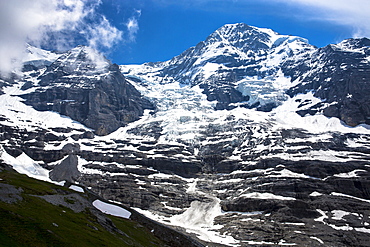
Eiger Glacier (Eigergletscher), between Monch (Monk) and Eiger mountains in the Swiss Alps, Bernese Oberland, Switzerland, Europe

River and mountains on the road between Dushanbe and the Bartang Valley, Tajikistan, Central Asia, Asia
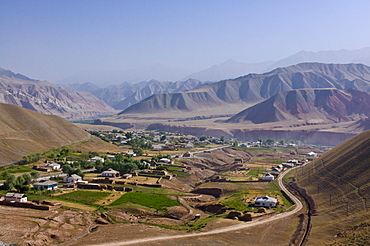
Little village along the road between Sary Tash and Osh in the mountains, Kyrgyzstan, Central Asia, Asia
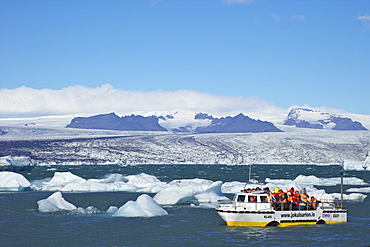
Amphibious vehicle between icebergs on glacial lake at Jokulsarlon with snow on massive icecap of Vatnajokull behind, Iceland, Polar Regions
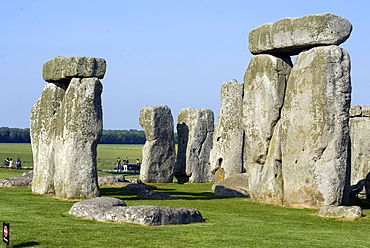
The prehistoric standing stone circle of Stonehenge, dating from between 3000 and 2000BC, UNESCO World Heritage Site, Wiltshire, England, United Kingdom, Europe
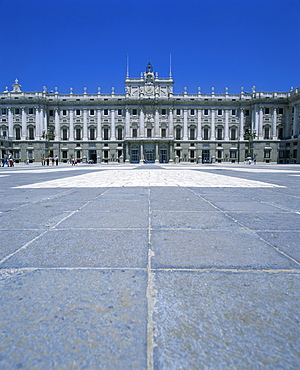
The Plaza de la Armeria in the Palacio Real built between 1737 and 1764, by Philip V, in Madrid, Spain, Europe
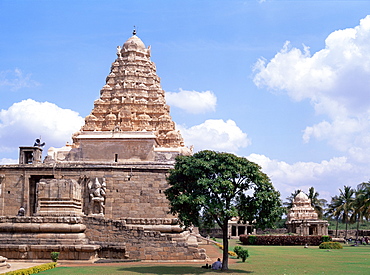
Brihadisvara temple dedicated to Shiva, built by Chola King Rajendra I between 1014 and 1172 AD, Gangaikondacholapuram, Tamil Nadu state, India, Asia

The Jantar Mantar built between 1728 and 1734 by Jai Singh II as an observatory, Jaipur, Rajasthan state, India, Asia
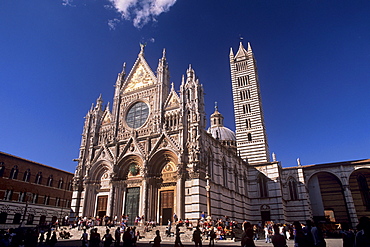
Duomo dating from between the 12th and 14th centuries, Siena, UNESCO World Heritage Site, Tuscany, Italy, Europe
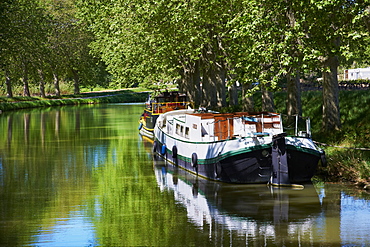
Navigation on the Canal du Midi, UNESCO World Heritage Site, between Carcassonne and Beziers, Aude, Languedoc Roussillon, France, Europe
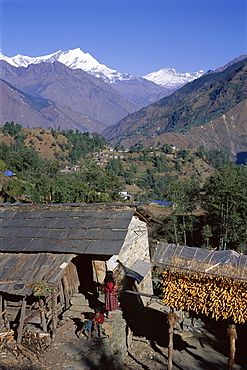
Corn hanging to dry outside village house, Sikha village, and view looking north between Tatopani and Ghorepani on the Jomsom (Jomson) Trek, north of Pokhara, Himalayas, Nepal, Asia
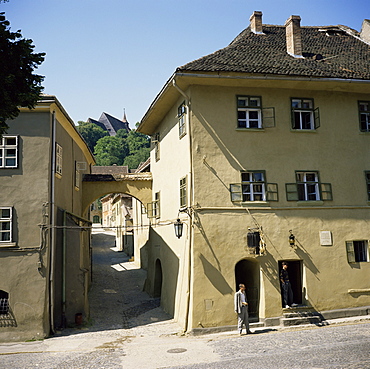
House where Vlad Drakul lived between 1431 and 1435 and where Vlad Tepes was born, Sighisoara, UNESCO World Heritage Site, Transylvania, Romania, Europe
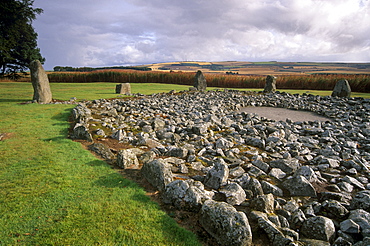
Loanhead of Daviot stone circle dating from between 2500 and 2000 BC, Daviot, Aberdeenshire, Scotland, United Kingdom, Europe
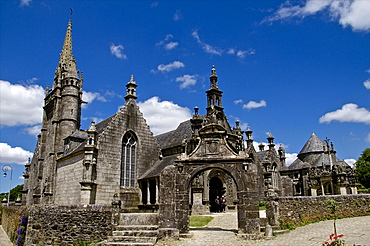
Triumphal Arch dating from between 1581 and 1588, and church dating from the 16th and 17th centuries, Guimiliau parish enclosure, Finistere, Brittany, France, Europe

Navigation on the Canal du Midi between Carcassone and Beziers, UNESCO World Heritage Site, Aude, Languedoc Roussillon, France, Europe
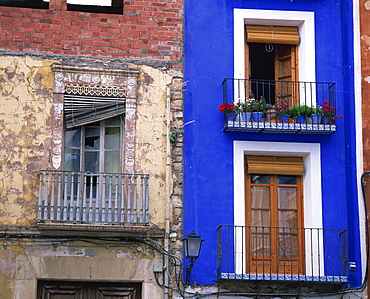
Contrast between derelict and bright blue painted lived in house in Villajoyosa in Valencia, Spain, Europe
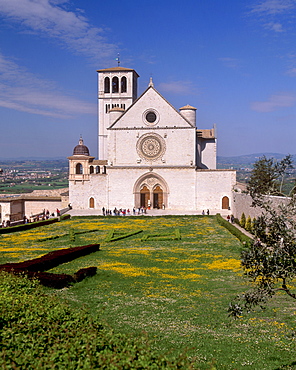
Basilica di San Francesco (St. Francis) di Assisi, Chiesa Superiore dating from between 1182 and 1226, UNESCO World Heritage Site, Assisi, Umbria, Italy, Europe

Navigation on the Canal du Midi, UNESCO World Heritage Site, between Carcassonne and Beziers, Aude, Languedoc Roussillon, France, Europe
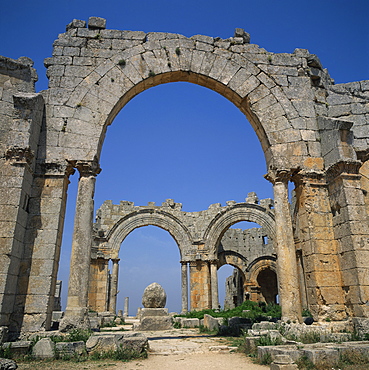
Remaining arches of the Cruciform Church, dating from between 476 and 491 AD, with the base of the pillar of St. Simeon the Stylite, Dead City region, northern Syria, Middle East
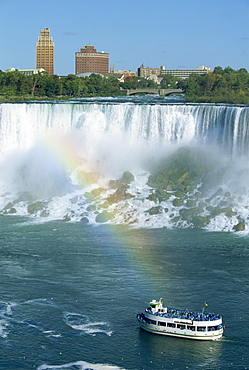
Tourists on small sightseeing boat below the American Falls on the Niagara River that flows between Lakes Erie and Ontario, Canada, North America
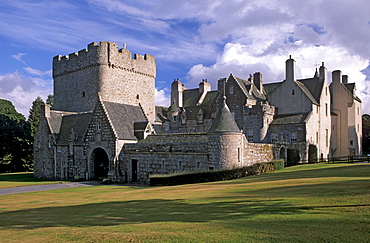
Drum Castle, dating from between the 13th and 17th centuries, with a 13th century keep, near Peterculter, Aberdeenshire, Scotland, United Kingdom, Europe
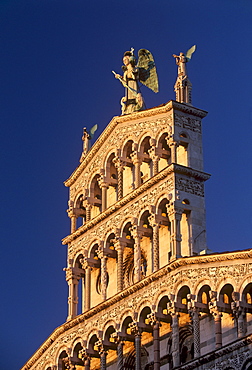
Chiesa di San Michele in Foro, Romano-Pisan style dating from between the 11th and 14th centuries, Lucca, Tuscany, Italy, Europe
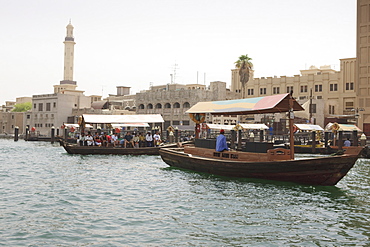
Abra water taxi crossing The Creek between Dur Dubai and Deira, Dubai, United Arab Emirates, Middle East
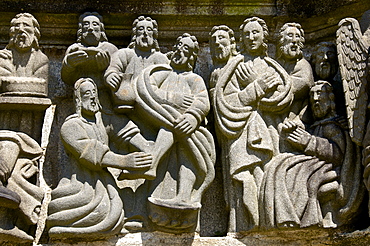
Calvary dating from between 1581 and 1588, detail showing washing of feet, Guimiliau parish enclosure, Finistere, Brittany, France, Europe
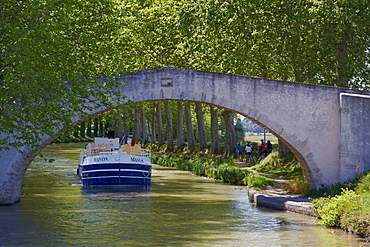
Navigation on the Canal du Midi, UNESCO World Heritage Site, between Carcassonne and Beziers, Aude, Languedoc Roussillon, France, Europe
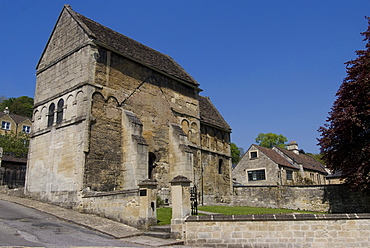
The Saxon Church of St. Lawrence built between 705 and 921AD, Bradford on Avon, Wiltshire, England, United Kingdom, Europe
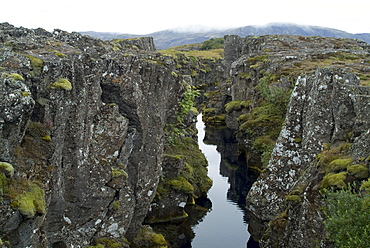
Thingvellir, site of original 10th century Althingi (Parliament) and geographical rift between Europe and North America, Iceland, Polar Regions

Kyle Rhea and Glenelg Bay, sheltered waters between the Isle of Skye and the mainland frequented by dolphins and seals, Glenelg, Highland region, Scotland, United Kingdom, Europe
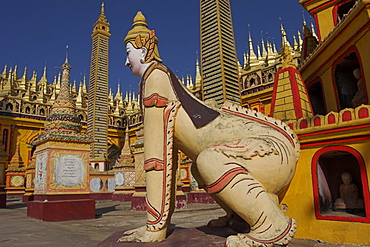
Thanboddhay Paya, built between 1939 and 1952 by Moehnyin Sayadaw and said to contain over half a million Buddha images, Monywa, Sagaing Division, Myanmar (Burma), Asia

Beach at Ngala Lodge, situated between the resorts of Bakau and Fajara, near Banjul, Gambia, West Africa, Africa
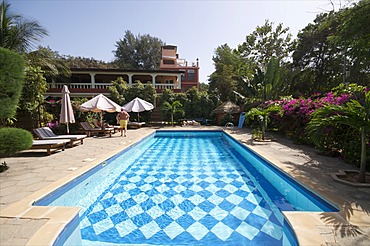
Ngala Lodge, situated between the resorts of Bakau and Fajara, near Banjul, Gambia, West Africa, Africa

The church of San Francisco, built between 1586 and 1628, and water fountain, Santiago, Chile, South America

Rock carvings between 2000 and 6000 years old on ice striations, Hjemmeluft UNESCO World Heritage Site, Alta, Finnmark, Norway, Scandinavia, Europe
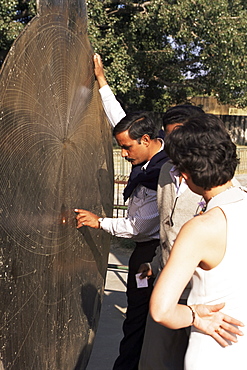
The Jantar Mantar built between 1728 and 1734 AD by Jai Singh II as an observatory, Jaipur, Rajasthan state, India, Asia

Kimberlite pipe excavated by hand mining for diamonds between 1870 and 1914, now flooded, Big Hole at Kimberley, South Africa, Africa
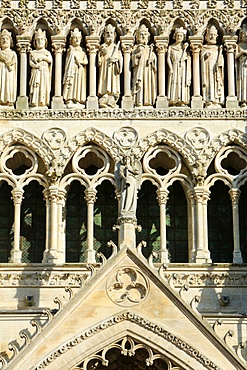
Gallery of Kings restored by Viollet-le-Duc between 1849 and 1861, Amiens Cathedral, UNESCO World Heritage Site, Picardy, France, Europe
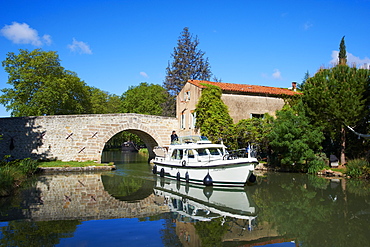
Navigation on the Canal du Midi, UNESCO World Heritage Site, between Carcassonne and Beziers, Pigasse, Aude, Languedoc Roussillon, France, Europe
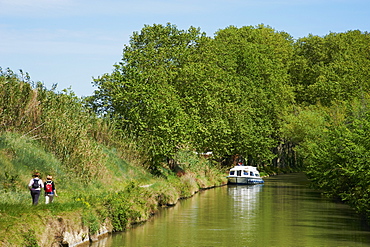
Navigation on the Canal du Midi, UNESCO World Heritage Site, between Carcassonne and Beziers, Aude, Languedoc Roussillon, France, Europe
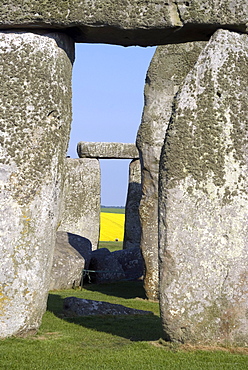
The prehistoric standing stone circle of Stonehenge, dating from between 3000 and 2000BC, UNESCO World Heritage Site, Wiltshire, England, United Kingdom, Europe

Interior facade, Linlithgow Palace dating from between the 15th and 16th centuries, West Lothian, Scotland, United Kingdom, Europe
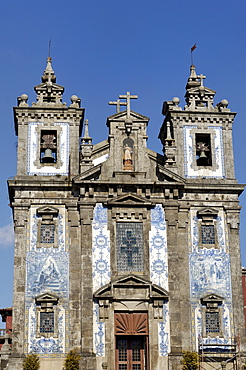
The new Sao Ildefonso church, built between 1730 and 1737 decorated with azulejos, Praca da Batalha, Porto, Portugal, Europe
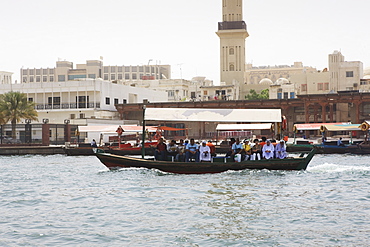
Abra water taxi crossing The Creek between Dur Dubai and Deira, Dubai, United Arab Emirates, Middle East

Abra water taxi crossing The Creek between Dur Dubai and Deira, Dubai, United Arab Emirates, Middle East
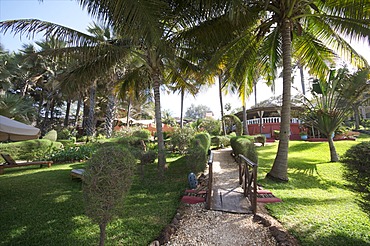
Ngala Lodge, situated between the resorts of Bakau and Fajara, near Banjul, Gambia, West Africa, Africa
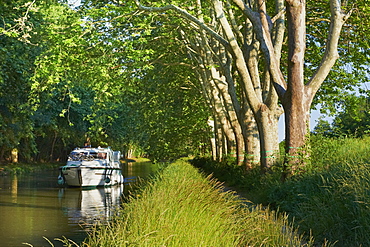
Navigation on the Canal du Midi between Carcassone and Beziers, UNESCO World Heritage Site, Aude, Languedoc Roussillon, France, Europe
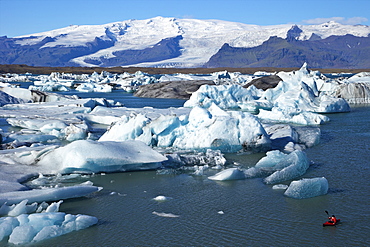
Canoeist paddles between icebergs on glacial lake at Jokulsarlon with snow on the massive icecap of Vatnajokull behind, Iceland, Polar Regions
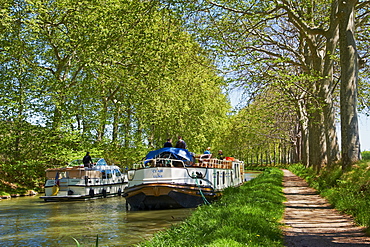
Navigation on the Canal du Midi, UNESCO World Heritage Site, between Carcassonne and Beziers, Aude, Languedoc Roussillon, France, Europe
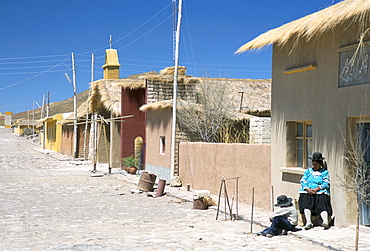
Old mining village of Culpina between Uyuni and Laguna Colorado, Southwest Highlands, Bolivia, South America
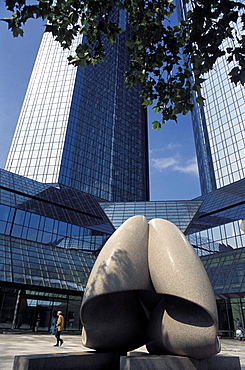
Modern statue in the square between skyscrapers, Mainzer Lanstrasse, Frankfurt-am-Main, Hesse, Germany, Europe
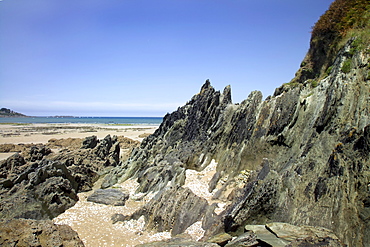
Locquirec, between Morlaix and Lannion, Armorican Corniche, Amorique Coast, Finistere, Brittany, France, Europe

The Brooklyn Bridge spanning the East River between Brooklyn and Manhanttan, New York City, New York, United States of America, North America

View from Rathausmarkt to the block between Hermannstrasse and Moenckebergstrasse, with St. Peter's Cathedral beyond, Hamburg, Germany, Europe

Navigation on the Canal du Midi, UNESCO World Heritage Site, between Carcassonne and Beziers, Aude, Languedoc Roussillon, France, Europe
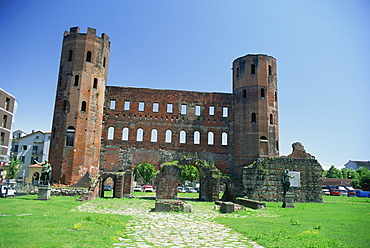
Porta Palatina, Roman towers and archways, each tower has 16 sides, dating from between 100 and 30 BC, Turin, Piemonte, Italy, Europe
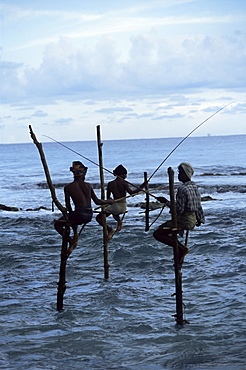
Stilt fishermen fishing from their poles between Unawatuna and Weligama, Sri Lanka, Indian Ocean, Asia

Waters from snow melting and mountains in background, on road between Tabo and Kaza, Spiti River, Spiti, Himachal Pradesh, India, Asia
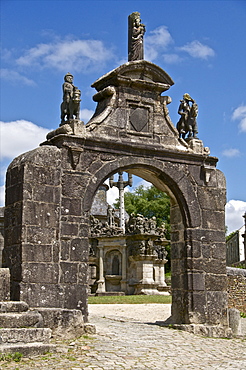
Triumphal Arch dating from between 1581 and 1588, Guimiliau parish enclosure, Finistere, Brittany, France, Europe

The prehistoric standing stone circle of Stonehenge, dating from between 3000 and 2000BC, UNESCO World Heritage Site, Wiltshire, England, United Kingdom, Europe
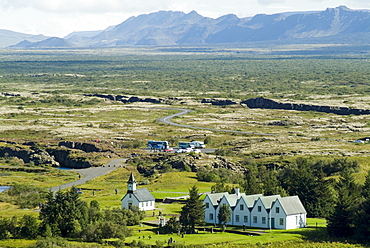
Thingvellir, site of original 10th century Althingi (Parliament) and geographical rift between Europe and North America, Iceland, Polar Regions
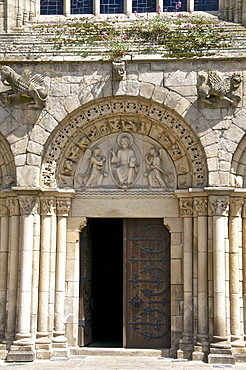
Main porch of St. Sauveur Basilica built between the 12th and 15th centuries, containing the tomb of the heart of du Guesclin, Dinan, Brittany, France, Europe
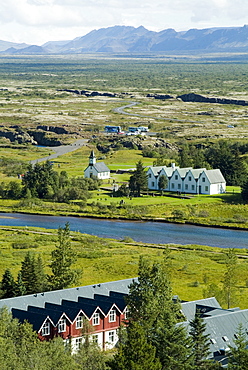
Thingvellir, site of original 10th century Althingi (Parliament) and geographical rift between Europe and North America, Iceland, Polar Regions
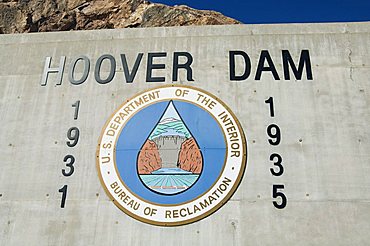
Hoover Dam on the Colorado River forming the border between Arizona and Nevada, United States of America, North America
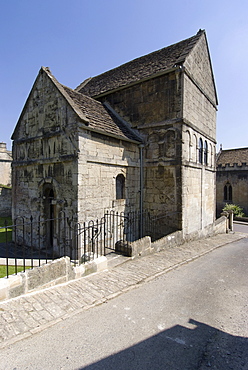
The Saxon Church of St. Lawrence built between 705 and 921AD, Bradford on Avon, Wiltshire, England, United Kingdom, Europe
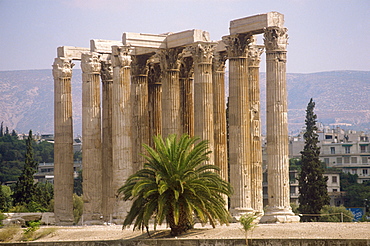
Corinthian columns of the Temple of Zeus dating from between 174 BC and 132 AD, Athens, Greece, Europe
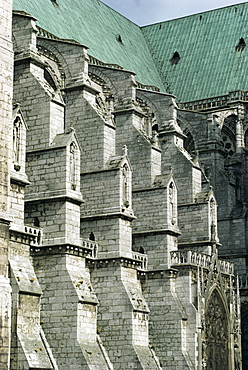
Close-up of buttresses on the south front of the cathedral, dating from between 1194 and 1225 AD, Chartres, Centre, France, Europe
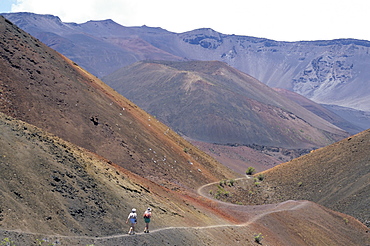
Path between crater cones inside Haleakala volcano crater, Haleakala National Park, island of Maui, Hawaii, United States of America, Pacific
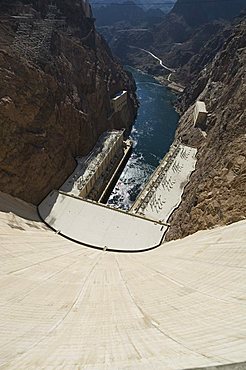
Hoover Dam on the Colorado River forming the border between Arizona and Nevada, United States of America, North America
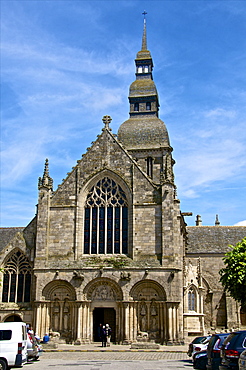
St. Sauveur Basilica built between the 12th and 15th centuries, containing the tomb of the heart of du Guesclin, Dinan, Brittany, France, Europe
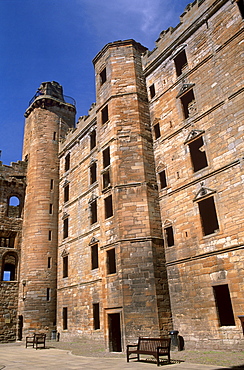
Interior facade, Linlithgow Palace dating from between the 15th and 16th centuries, West Lothian, Scotland, United Kingdom, Europe

Tourists between the lantern and dome of St. Peter's Basilica in the Vatican, Rome, Lazio, Italy, Europe

